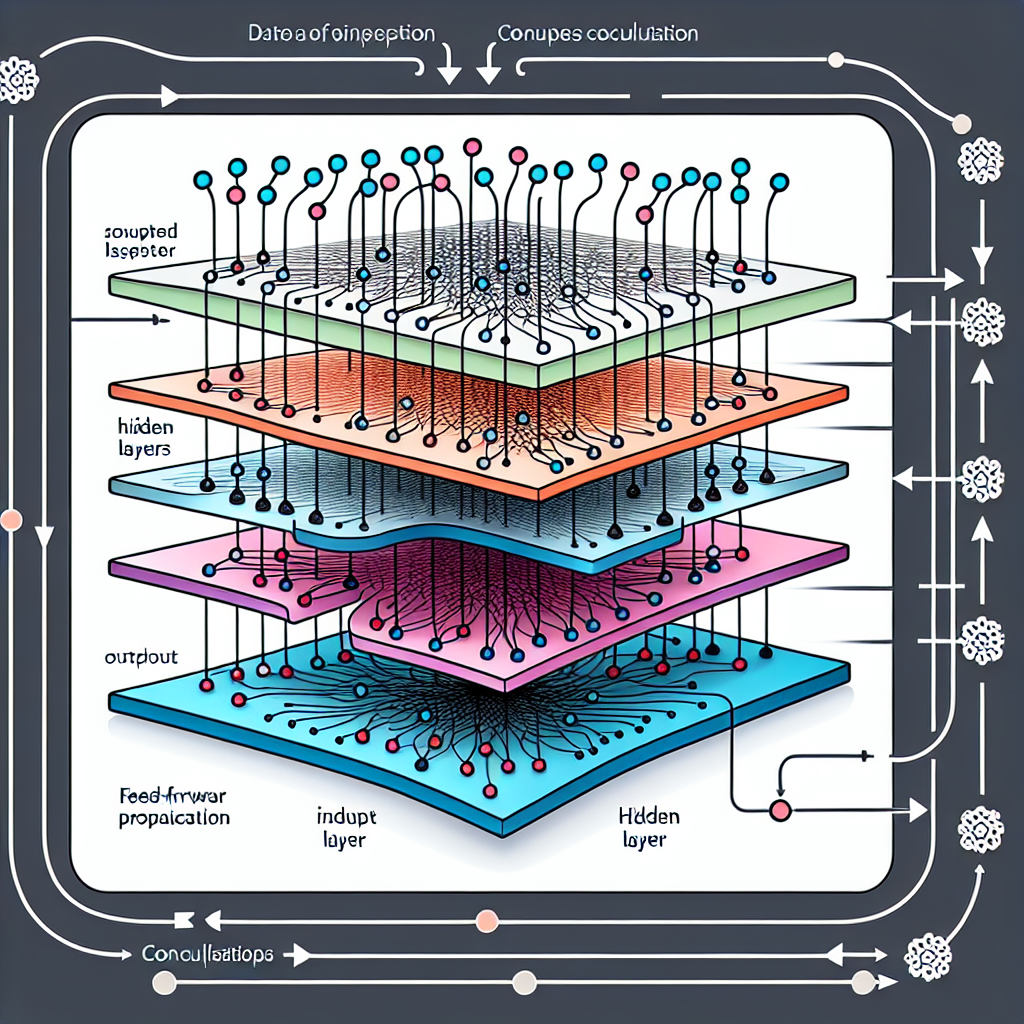
Neural networks are a cornerstone of modern artificial intelligence (AI) and machine learning (ML). They are designed to simulate the way the human brain operates, allowing computers to learn from data and make decisions. This article will explore the fundamentals of neural networks, how they function, and their applications in various fields.
What Are Neural Networks?
Neural networks are computational models inspired by the human brain’s network of neurons. They consist of interconnected nodes (neurons) organized in layers. The primary components of a neural network include:
- Input Layer: The first layer that receives the input data.
- Hidden Layers: Intermediate layers where the actual processing occurs through weighted connections.
- Output Layer: The final layer that produces the output or prediction.
How Do Neural Networks Work?
The functioning of neural networks can be broken down into several key processes:
- Forward Propagation: Data is fed into the input layer and passed through the hidden layers, where each neuron applies a mathematical function to the input it receives. The output from one layer becomes the input for the next.
- Activation Functions: Each neuron uses an activation function to determine whether it should be activated or not. Common activation functions include Sigmoid, ReLU (Rectified Linear Unit), and Tanh.
- Loss Function: After the output is generated, a loss function measures how far the predicted output is from the actual output. This helps in assessing the performance of the model.
- Backpropagation: This is the process of adjusting the weights of the connections based on the error calculated by the loss function. The goal is to minimize this error through optimization techniques like gradient descent.
Applications of Neural Networks
Neural networks have a wide range of applications across various industries. Some notable examples include:
- Image Recognition: Neural networks are extensively used in computer vision tasks, such as facial recognition and object detection. For instance, convolutional neural networks (CNNs) have revolutionized image classification.
- Natural Language Processing (NLP): Recurrent neural networks (RNNs) and transformers are employed in applications like language translation, sentiment analysis, and chatbots.
- Healthcare: Neural networks assist in diagnosing diseases by analyzing medical images and predicting patient outcomes based on historical data.
- Finance: In the financial sector, neural networks are used for credit scoring, fraud detection, and algorithmic trading.
Case Study: Neural Networks in Healthcare
A compelling example of neural networks in action is their application in healthcare. Researchers have developed models that can analyze medical images, such as X-rays and MRIs, to detect conditions like pneumonia and tumors with remarkable accuracy. A study published in the journal Nature demonstrated that a deep learning model could outperform radiologists in identifying breast cancer in mammograms, achieving an accuracy rate of 94.6% compared to 88.0% for human experts.
Conclusion
Neural networks represent a significant advancement in the field of artificial intelligence, enabling machines to learn from data and make informed decisions. By mimicking the structure and function of the human brain, these models have found applications in diverse fields, from healthcare to finance. As technology continues to evolve, the potential for neural networks to transform industries and improve our daily lives is immense. Understanding how they work is crucial for anyone interested in the future of AI and machine learning.
“`
